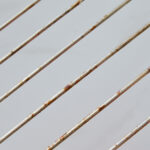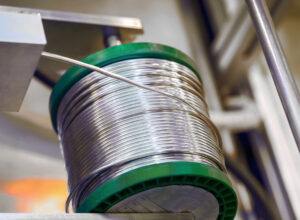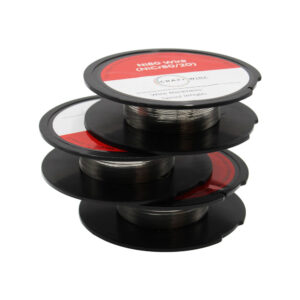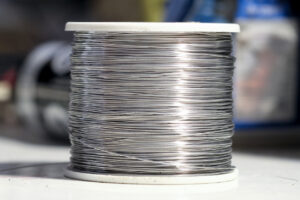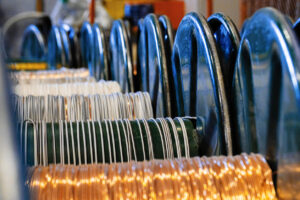When it comes to selecting materials for industrial applications, the choice between FeCrAl (Iron-Chromium-Aluminum) and stainless steel wire is pivotal, particularly under the lens of sustainability. In this article, we will dive deep into the comparison of FeCrAl vs Stainless Wire to understand which of these materials presents a more sustainable option for industries such as automotive, aerospace, and home appliances.
Introduction to FeCrAl vs Stainless Wire
FeCrAl (Iron-Chromium-Aluminum) alloys are known for their exceptional resistance to high temperatures and oxidation. This makes them suitable for applications like heating elements in furnaces and appliances such as toasters and hair dryers. The addition of aluminum in these alloys enhances their oxidation properties significantly compared to traditional stainless steels.
Stainless Steel Wire, on the other hand, is renowned for its corrosion resistance, strength, and ductility. It’s an iron-based alloy but with a minimum of 10.5% chromium content which gives it its stainless properties. There are various grades of stainless steel. Each are tailored to suit different environments and applications.
Sustainability: A Multifaceted Consideration
Sustainability in material selection is not just about the direct environmental impact of the materials themselves but also involves considering the lifecycle energy consumption, durability, recyclability, and the environmental impact of both the production processes and end-of-life disposal.
Production Processation
Resource Extraction and Processing:
- FeCrAl: The production of FeCrAl involves mining for iron, chromium, and aluminum. The extraction and processing of aluminum are particularly energy-intensive and can result in significant greenhouse gas emissions if not managed properly.
- Stainless Steel: Stainless steel’s production involves the extraction of iron, chromium, and often nickel and molybdenum. The environmental impact of extracting these materials can be substantial, particularly for nickel and molybdenum which are less abundant than iron.
Manufacturing Efficiency:
- FeCrAl: Typically, FeCrAl alloys can be manufactured with slightly lower energy inputs compared to some stainless steel grades due to their lower melting points.
- Stainless Steel: The energy consumption in producing stainless steel is considerable. This is largely due to the high melting points and the complexity of the alloying process.
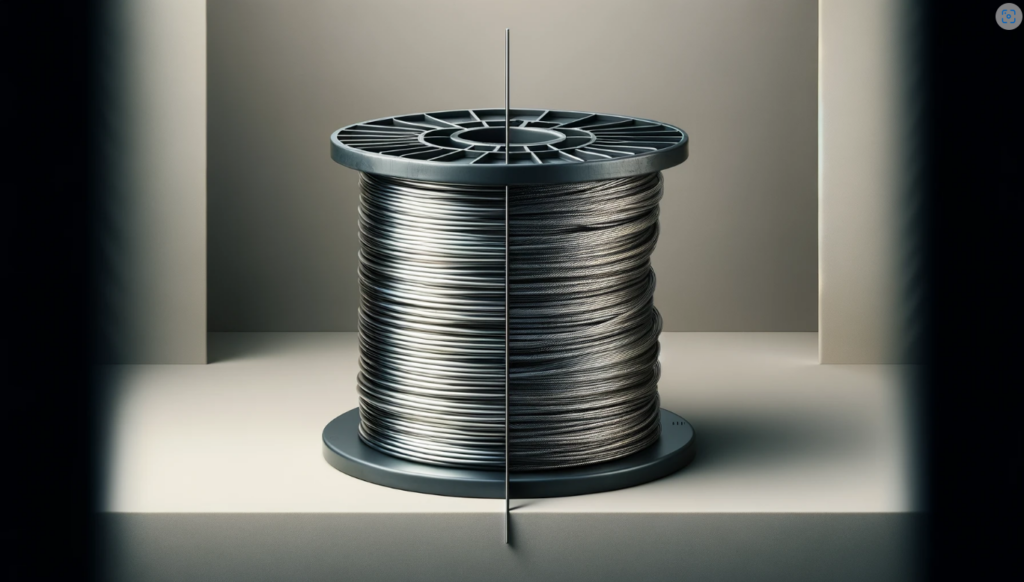
Performance and Durability
FeCrAl: The high resistance to oxidation at elevated temperatures makes FeCrAl a preferred choice in applications where high durability under thermal stress is required. This can lead to longer product lifespans and potentially less frequent replacement, enhancing its sustainability profile.
Stainless Steel: Stainless steel’s corrosion resistance ensures longevity and reliability in a wide range of environmental conditions, which also contributes to reduced material turnover and waste.
End-of-Life and Recyclability
FeCrAl: Recycling of FeCrAl is more challenging due to its specific alloy elements like aluminum which require specialized recycling processes. However, the material is often used in applications where it can be reused or repurposed.
Stainless Steel: Stainless steel is highly recyclable and retains its properties irrespective of the number of recycling cycles. This closed-loop recyclability makes stainless steel extremely sustainable from a lifecycle perspective.
Environmental Impact
Analyzing the environmental impact of these materials involves looking at their carbon footprint from production to disposal.
- Carbon Footprint:
- FeCrAl: While the production phase might emit less compared to some stainless steels, the total environmental impact can still be significant. This is due to the intensive processes involved in aluminum extraction.
- Stainless Steel: Stainless steel has a notably high carbon footprint during production, primarily due to its energy-intensive manufacturing process.
Here’s a table showcasing the pros and cons of FeCrAl and Stainless Steel Wire:
| Aspect | FeCrAl Wire | Stainless Steel Wire |
|---|---|---|
| Pros | ||
| Oxidation Resistance | Excellent high-temperature oxidation resistance | Good oxidation resistance |
| Thermal Efficiency | Higher thermal efficiency at elevated temperatures | Moderate thermal efficiency |
| Specific Applications | Ideal for heating elements in appliances and industrial furnaces | Versatile, used in a variety of applications from medical devices to automotive parts |
| Durability | High durability under thermal stress | High corrosion resistance enhances durability in various environments |
| Recyclability | Can be reused or repurposed | Highly recyclable, maintaining properties through multiple cycles |
| Cons | ||
| Environmental Impact | High energy input and significant emissions in aluminum production | High carbon footprint during production due to energy-intensive processes |
| Recyclability | Challenging to recycle due to specialized alloy components | Easier to recycle, widely supported in recycling systems |
| Cost | Cost can be high due to raw material prices | Depending on the grade, can be expensive to produce |
| Availability | Less commonly used, might be harder to source | Widely available in various grades and forms |
The choice between FeCrAl vs Stainless Wire largely depends on the specific application requirements and environmental considerations of the project. FeCrAl offers advantages in high-temperature applications where oxidation resistance is critical, potentially offering a longer lifespan and reducing material waste. Stainless steel, however, excels in scenarios requiring robustness against corrosion, extensive recyclability, and overall durability.
From a sustainability perspective, stainless steel may often edge out FeCrAl due to its lower environmental impact during the recycling phase and its widespread recyclability. Nonetheless, the optimal choice should be guided by a thorough analysis of the specific use-case scenarios, environmental impacts, and lifecycle assessments tailored to the needs of the industry in question.
To conclude, both FeCrAl and stainless steel wires have their unique advantages and limitations. A nuanced understanding of these factors will enable industries to make informed decisions that align with sustainability goals. This ensures that environmental responsibility goes hand-in-hand with technical and economic feasibility.
We offer also a massive range of stainless steel wire and fecral wire through our store. Choose the wire that you want to work with and we’ll get spooling.
If you’re interested in learning more about wire, check out our other blog on Everything You Need to Know About Wires.
We are also proud to supply this product on our highly popular eBay store, check us out there too.
Thank you for checking out our site.
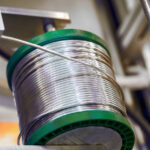
Nichrome Wire Safety: Top Tips for Working Safely

Best Wire for Electronics Projects
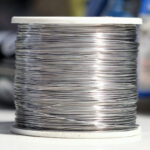
Is Ni80 Wire Suitable for DIY Heating Elements

Wire Grades Explained

How Wire Diameter Affects Strength and Flexibility

How to Cut and Shape Wire for Custom Applications

Can Wire Be Used in 3D Printing?

How Wire Composition Affects Conductivity
